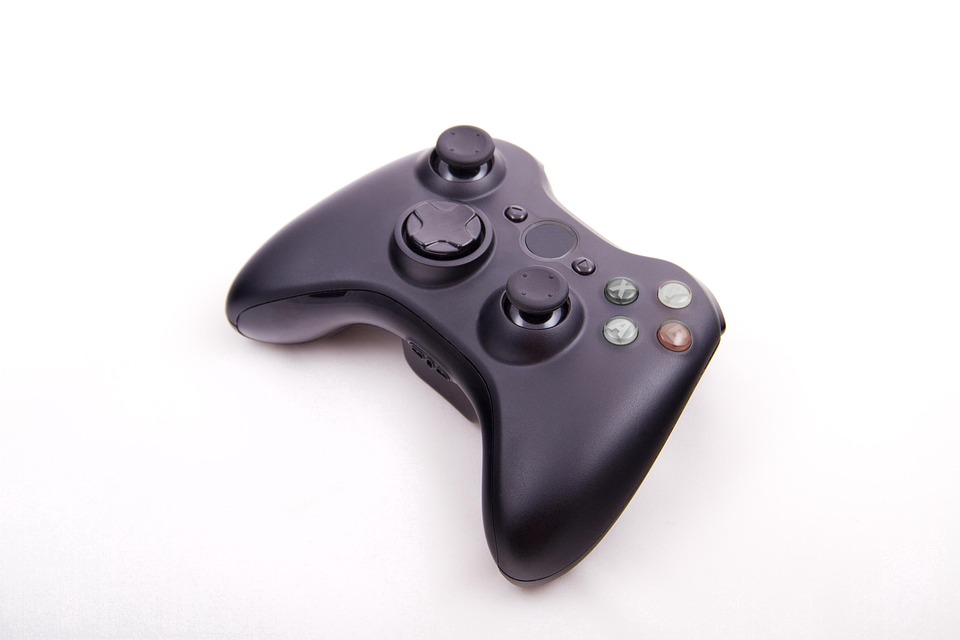The joystick, an iconic input device, has significantly influenced the landscape of gaming since its inception. From early arcade cabinets to complex gaming consoles and immersive virtual reality systems, joysticks have evolved remarkably, reflecting technological advancements and changing player preferences. This article explores the journey of the joystick, highlighting its development from arcade classics to modern gaming.
The Birth of the Joystick
The joystick’s origins date back to the 1920s, initially used in aviation for controlling airplanes. However, it wasn’t until the 1970s that it found its way into the gaming world. The first arcade games, such as "Computer Space" and "Pong," utilized simple joystick designs, allowing players to control characters and actions with relative ease. These early arcade cabinets laid the foundation for what would become a revolutionary gaming experience.
The Golden Age of Arcade Gaming
The late 1970s and early 1980s marked the golden age of arcade gaming. Joysticks became standard in many arcade cabinets, with titles like "Galaga," "Pac-Man," and "Donkey Kong" captivating players. These joysticks were often rigid, providing limited movement and responsiveness. However, they introduced a level of interactivity that was previously unavailable in gaming, fostering a culture of competition and community.
Innovations in Design
During this period, joystick designs evolved significantly. Manufacturers began experimenting with different shapes and materials to enhance durability and comfort. The introduction of the analog joystick allowed for more nuanced control, a feature that would become crucial in later gaming consoles. This shift paved the way for more complex games that required precise movements and strategies.
The Transition to Home Consoles
As the gaming industry shifted towards home consoles in the mid-1980s, joysticks adapted to new environments. The Atari 2600, released in 1977, featured a joystick that became synonymous with home gaming. Its simple, intuitive design made it accessible to a broader audience, solidifying the joystick’s place in gaming history.
The Rise of the D-Pad
In the late 1980s, the introduction of the D-pad on controllers, notably with the Nintendo Entertainment System (NES), transformed the way players interacted with games. While still incorporating joystick technology, the D-pad allowed for more precise control in platformers and fighting games. It became a staple in gaming design, evolving alongside player preferences.
The 3D Revolution and Modern Gaming
The 1990s saw a seismic shift in gaming with the rise of 3D graphics and immersive experiences. Joysticks played a crucial role in this evolution, particularly in the context of flight simulators and first-person shooters. The introduction of dual analog sticks on controllers, notably with the Sony PlayStation, enabled players to navigate 3D environments seamlessly.
Advanced Features: Rumble and Sensitivity
With advancements in technology, joysticks began incorporating features such as haptic feedback (rumble), enhanced sensitivity to movement, and customizable buttons. The release of dedicated gaming peripherals, including high-end flight sticks and arcade-style controllers, offered more tailored experiences for different genres, appealing to die-hard gamers and casual players alike.
The Era of Esports and Virtual Reality
Today, joysticks have found a place not only in traditional gaming but also in the burgeoning fields of esports and virtual reality. Specialized controllers, such as fight sticks for fighting games and racing wheels for racing simulators, are designed for competitive play. In virtual reality, motion controllers have replaced traditional joystick designs, allowing players to interact with digital environments in an even more immersive manner.
The Future of Joystick Technology
As technology continues to advance, the future of joystick innovation appears promising. The integration of artificial intelligence and machine learning could lead to smarter, more responsive controllers tailored to individual player habits. Furthermore, developments in haptic technology may enhance tactile feedback, making gaming experiences more lifelike than ever.
Conclusion
From their humble beginnings in arcade classics to the multi-faceted controllers of today, joysticks have come a long way. They have adapted to the needs of gamers across generations, continually evolving to improve gameplay and enhance immersion. As gaming technology continues to advance, the joystick will undoubtedly remain a significant component of the gaming experience, pushing the boundaries of how we interact with virtual worlds. Embracing both nostalgia and innovation, the joystick’s journey is a testament to the enduring love for gaming and the ever-evolving landscape of interactive entertainment.



